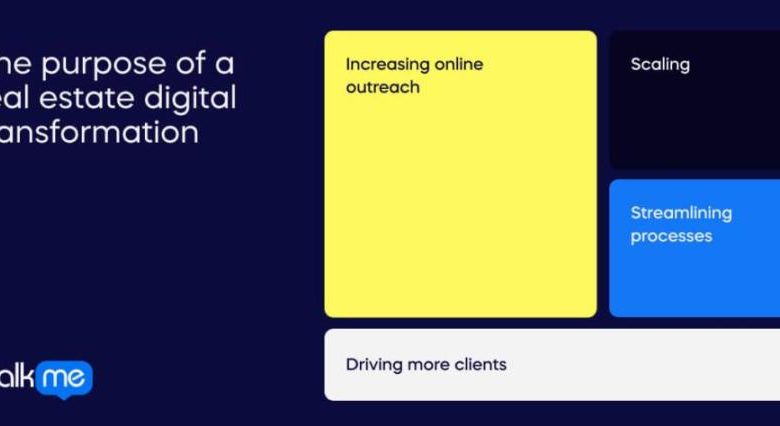Exploring Bitmart’s Margin Trading Features: A Comprehensive Overview

Exploring Bitmart’s Margin Trading Features: A Comprehensive Overview
Margin trading is a popular strategy in the cryptocurrency market that allows traders to amplify their potential returns by borrowing funds to trade. Bitmart, a leading cryptocurrency exchange platform, offers a wide range of margin trading features that cater to both beginners and experienced traders. In this blog post, we will take a closer look at Bitmart’s margin trading offerings and how you can make the most of them.
What is Margin Trading?
Margin trading involves borrowing funds from a cryptocurrency exchange or platform to trade more significant positions than your account balance allows. This allows traders to take advantage of market opportunities and potentially increase their profits. However, it’s crucial to note that margin trading also carries higher risks, as losses can be magnified.
How Does Bitmart’s Margin Trading Work?
Bitmart provides users with leverage options for margin trading, allowing traders to open positions larger than their account balance. Here are some key features of Bitmart’s margin trading:
1. Flexible Leverage Options
Bitmart offers a wide range of leverage options, depending on the cryptocurrency you’re trading. Leverage allows traders to have greater exposure to the market, maximizing potential profit opportunities. However, higher leverage also means higher risks, so it’s essential to trade responsibly and be aware of the associated risks.
2. Margin Account
Bitmart provides users with a separate margin account for margin trading activities. Funds in this account serve as collateral for borrowed funds and are subject to interest rates. The interest rates vary depending on the leverage level and the duration of the loan.
3. Stop Orders and Margin Calls
Bitmart offers features such as stop orders and margin calls to protect traders from potential losses. Stop orders allow traders to set a specific price level at which they want to sell or buy an asset automatically. Margin calls help prevent accounts from falling into negative balances and automatically close positions when the margin level reaches a certain threshold.
FAQs about Bitmart’s Margin Trading
Q1: How can I open a margin trading account on Bitmart?
To open a margin trading account on Bitmart, you need to sign up for an account and complete the necessary verification process. Once your account is verified, you can deposit funds into your margin account and start trading with leverage.
Q2: What are the risks associated with margin trading on Bitmart?
Margin trading carries higher risks than traditional trading as losses can be magnified due to leverage. It’s essential to have a solid understanding of the market and trading strategies, set appropriate stop-loss orders, and manage your risk wisely.
Q3: Are there any fees for margin trading on Bitmart?
Yes, Bitmart charges fees for margin trading, including interest rates on borrowed funds and trading fees. It’s recommended to review the fees and charges on Bitmart’s website or trading platform before engaging in margin trading.
Q4: Can I use Bitmart’s margin trading features on a mobile device?
Yes, Bitmart offers a mobile trading app that allows users to access and trade margin positions on the go. Simply download the app from your mobile app store, log in to your Bitmart account, and start trading with leverage.
Margin trading can be an effective strategy for experienced traders looking to maximize their potential returns. However, it’s important to understand the risks involved and trade responsibly. Bitmart’s comprehensive margin trading features provide traders with the tools they need to make informed decisions and manage their risk effectively.
Disclaimer: Margin trading involves significant risks, and it’s essential to conduct thorough research and seek professional advice before engaging in margin trading activities.
Start exploring Bitmart’s margin trading features today and take your trading to the next level!
Remember, an SEO-friendly blog post should contain relevant keywords and provide valuable information to readers. Additionally, using headings (H2, H3) and incorporating FAQs and their answers can improve the structure and readability of the blog post.



